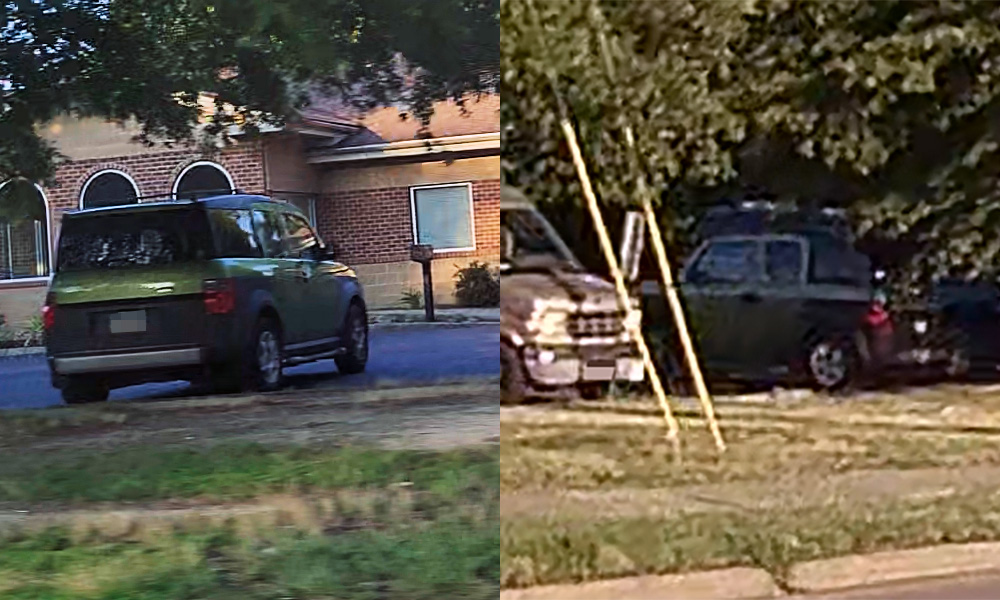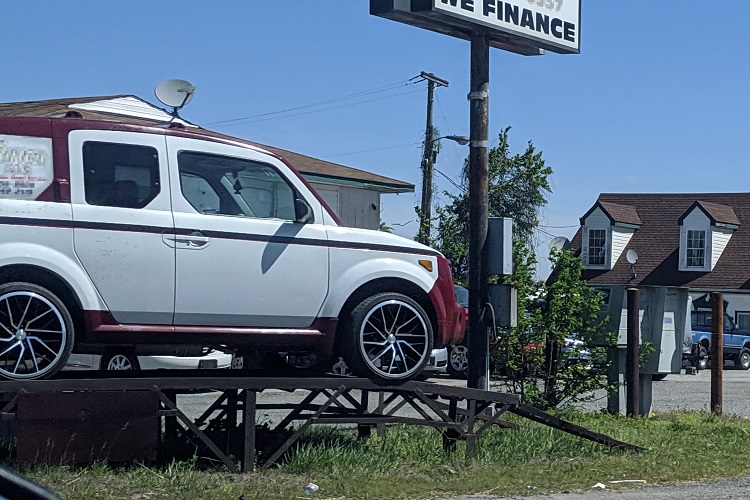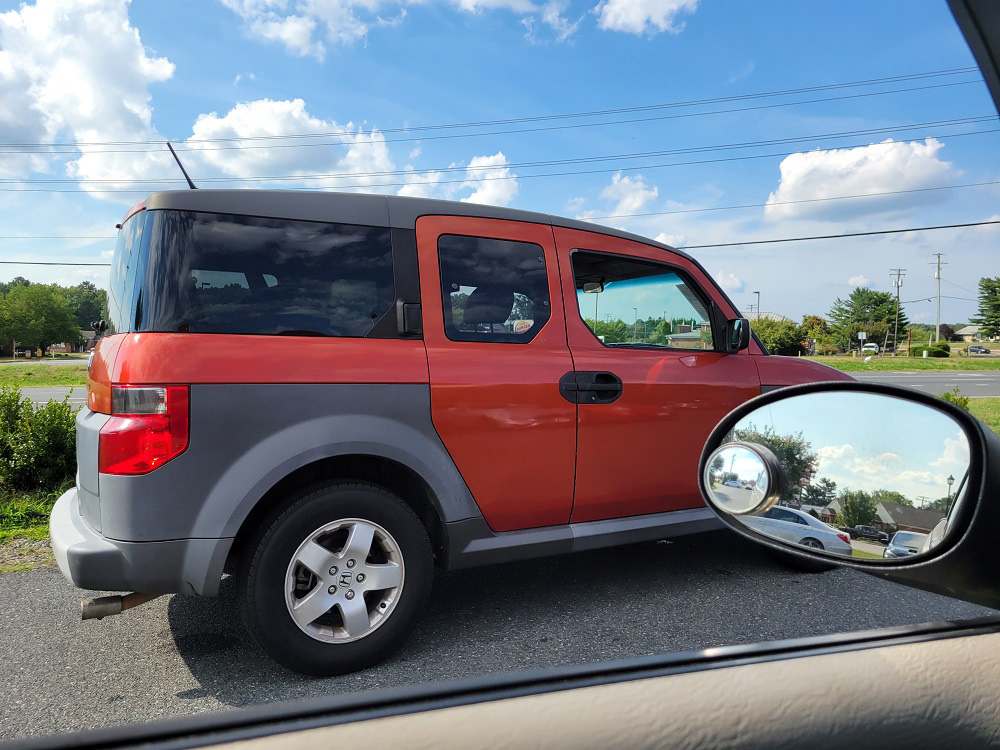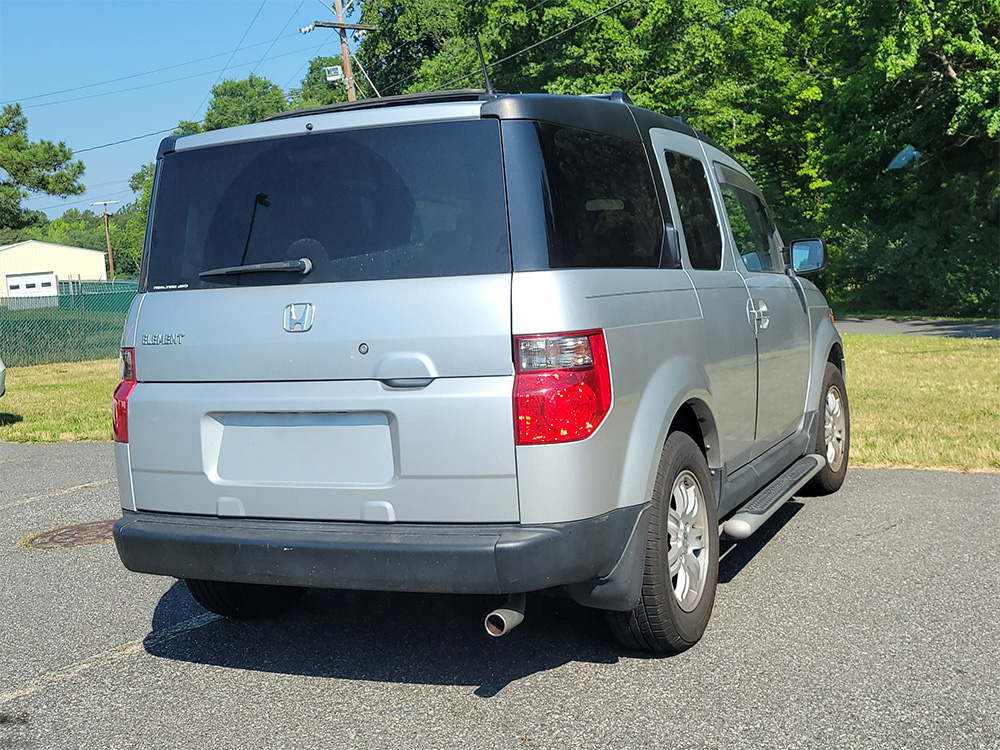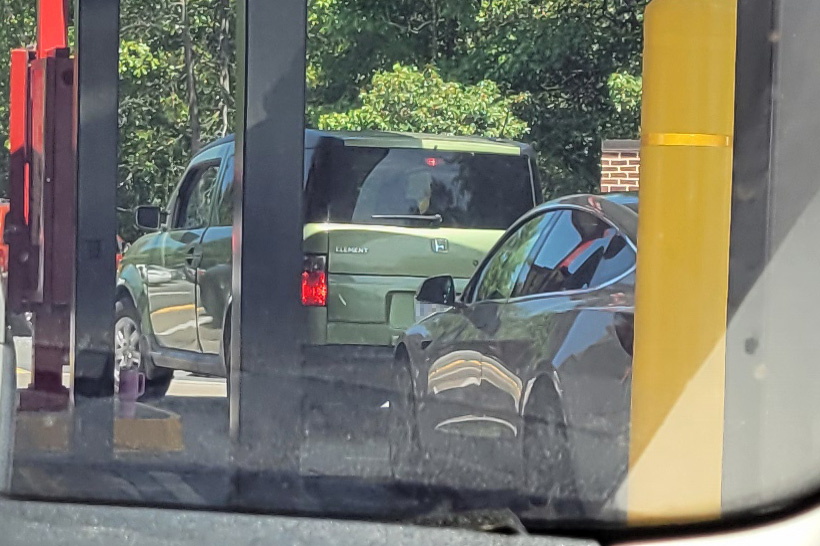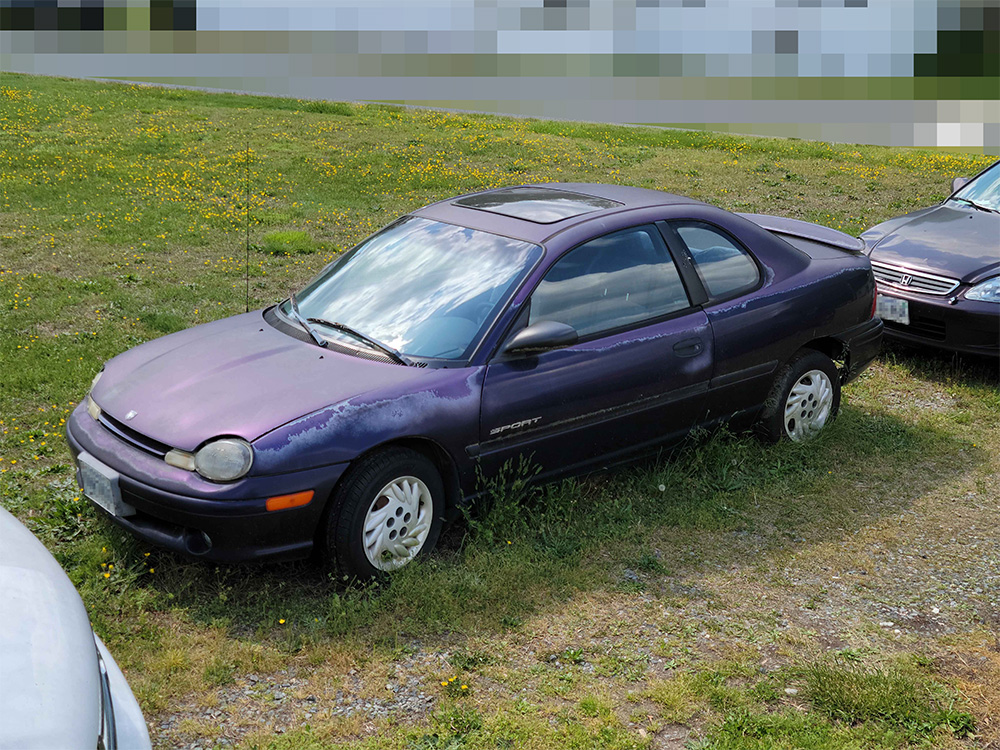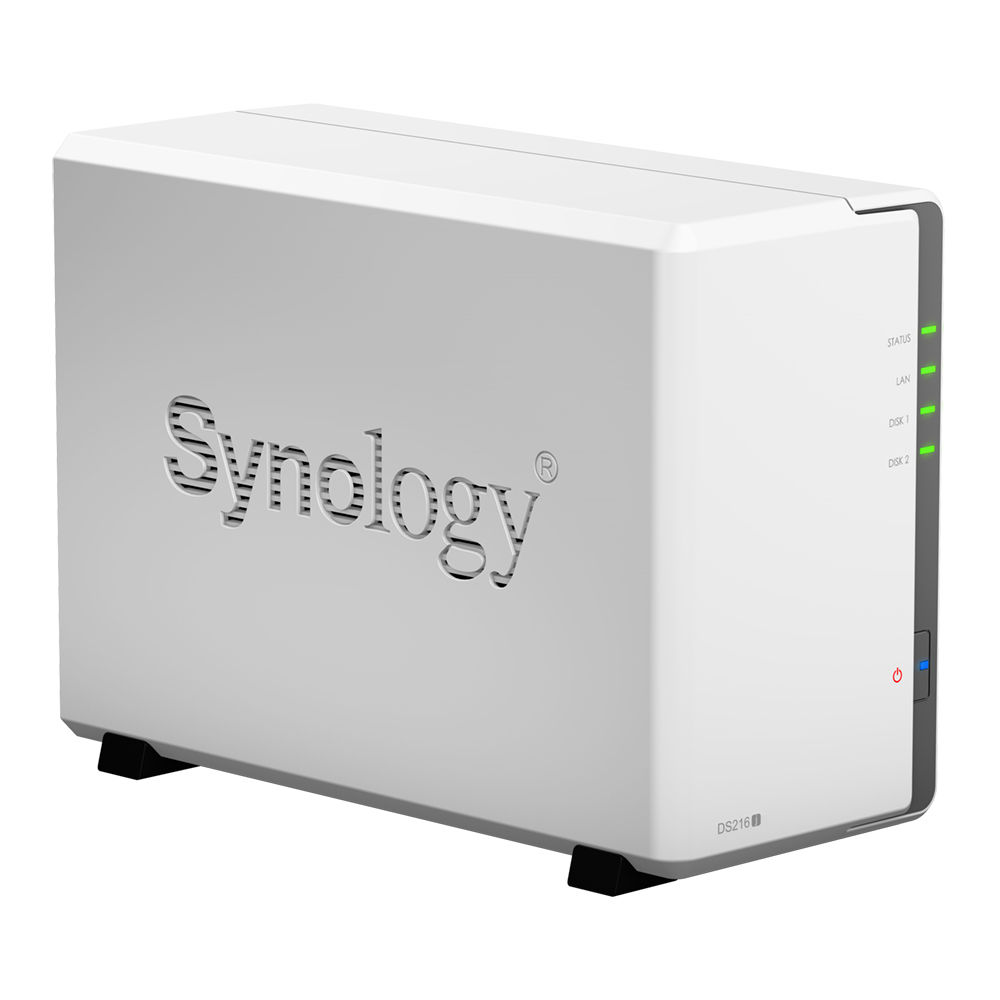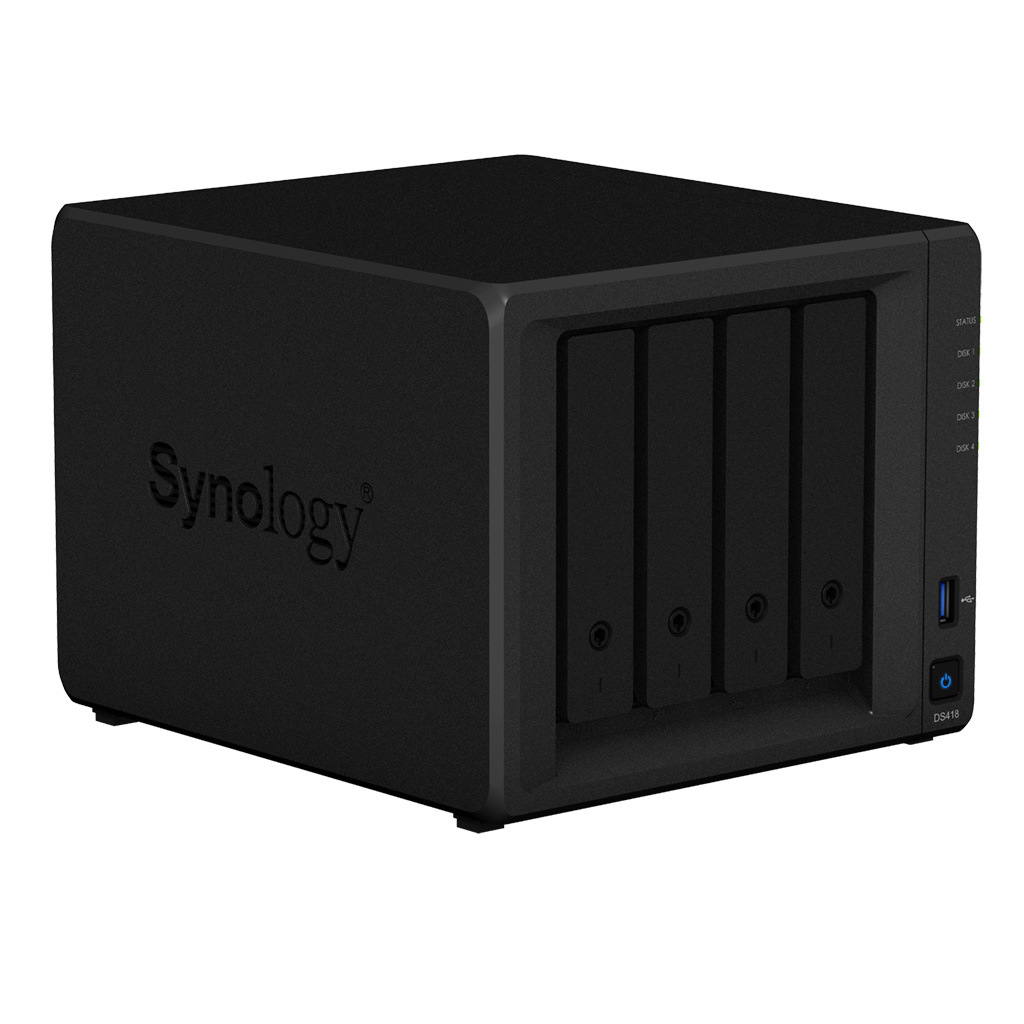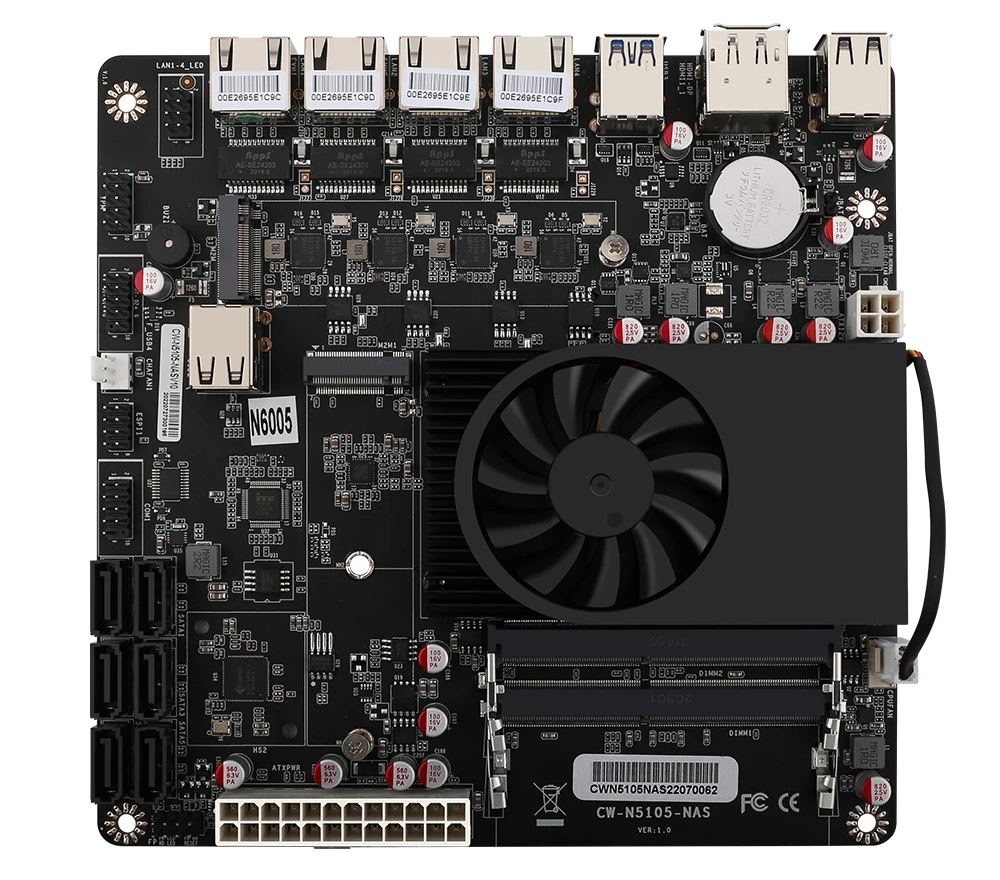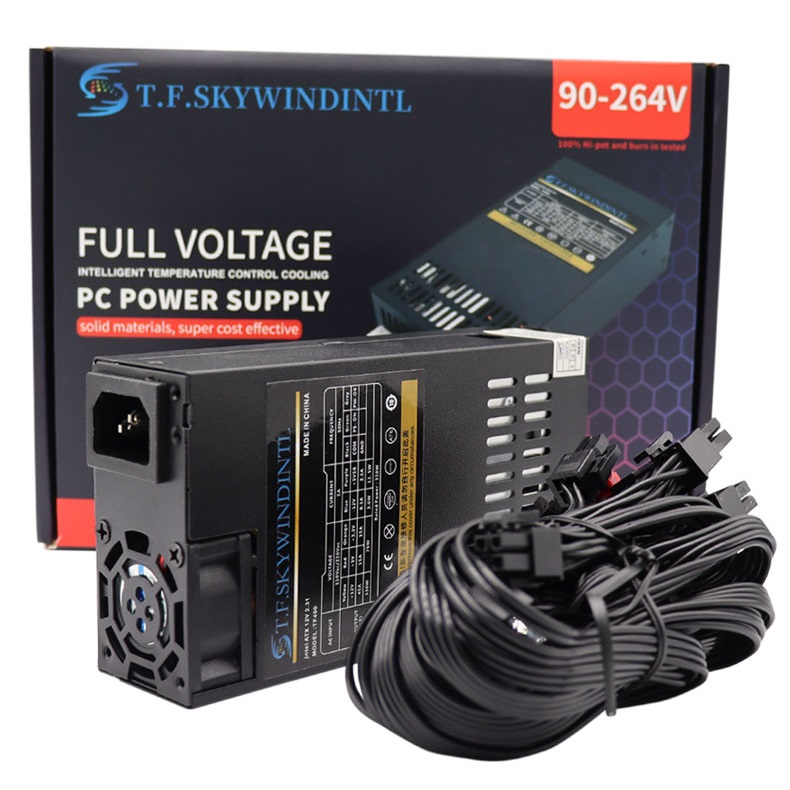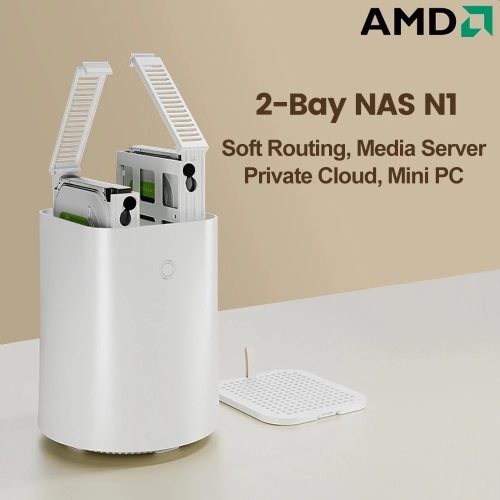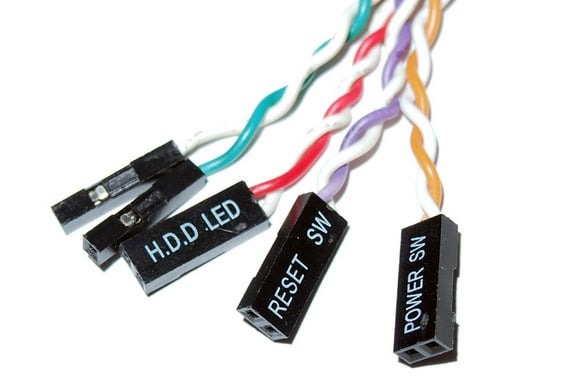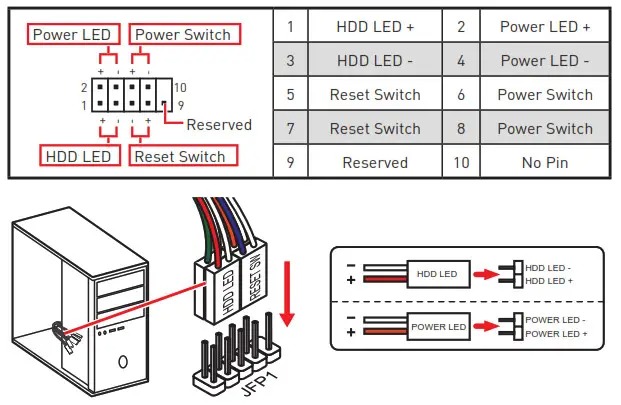The last few days have been full of excitement and frustration. My new car is nice, but has some minor underlying issues that I wanted to take care of before I put too many miles on it.
01: Air Filters There are two slab-style filters in the cabin and a cylindrical one in the engine bay. The engine filter was swapped without much trouble; just four screws and moving some hoses is all it took. The cabin filters were much more involved; first you have to drop the glovebox, then you have to remove a little plastic door, then you pull out both filters. This last part was the most troublesome as the filters seemed anchored in place. I gave them the ‘ol heave-ho and they popped right out… alongside some rodent crap and goddamn CHICKEN BONES. A lot of them!
I tossed the larger pieces, vacuumed out the spilled mess in my passenger seat area (as well as what I could get to under where the filters go), popped the new filters in, and reassembled. I then promptly started the AC, sprayed one of those Ozium car bomber things, and let it cook for a while. This helped the smell a great deal, but it kind of came back a few days later, much better than before though. I’ll clean the engine bay and air intake more soon.
02: The driver’s seat Mine—like almost all Elements—has a front-to-back tear on the driver’s seat, on the side closest to the door. I purchased a leather repair kit on Amazon for about $6 and cut it to fit the seat, applied it with a hairdryer, and it seems to be holding up well enough. I have another sheet if I need to make a replacement patch in a few months.
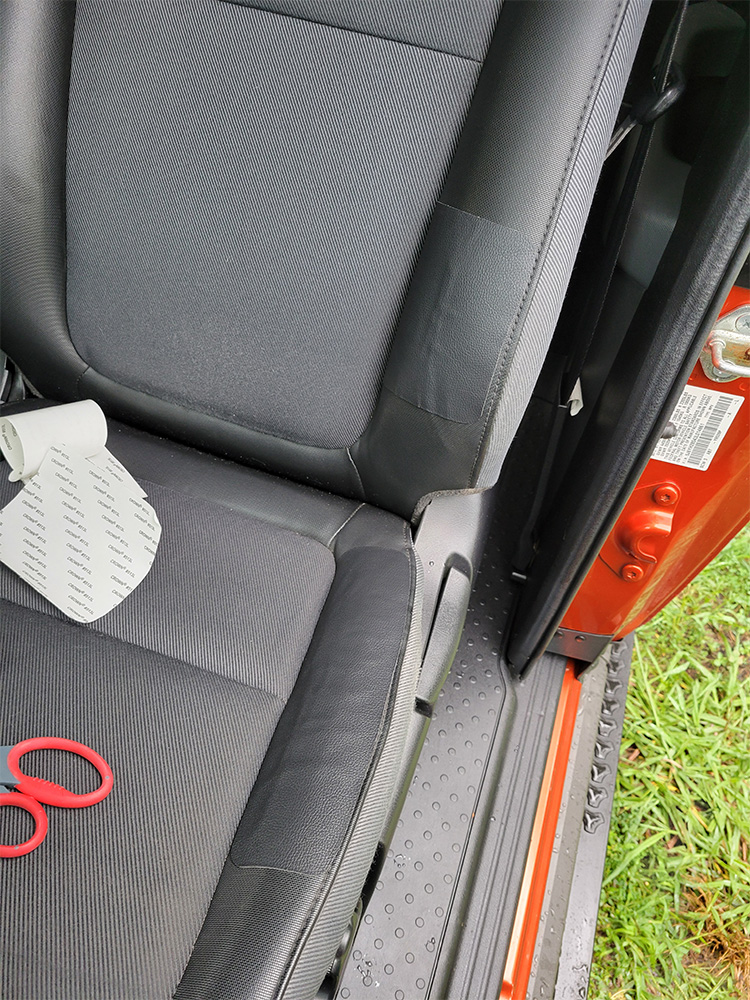
03: Speakers The OEM speakers in a lot of the Elements I’ve seen have been blown or are just disintegrating. I suppose those materials just weren’t designed to last 20+ years. I replaced the four door speakers with Harman Infinity Reference 6532ex’s, about $140 total as I got them refurbished with a $10 speaker adapter cable set. The sound is much better and they seem to pair well with the existing subwoofer and tweeters.

04: Spark Plugs The existing plugs were probably original and while they showed some discoloration, the ceramic wasn’t cracking and the electrodes weren’t too badly corroded, so I suppose they held up well. I replaced them with a set of NGK Laser Iridium 6994 plugs, cleaned and greased the existing coils, torqued it all to spec, and the engine fired up without issue.
05: Oil Change
When buying a used car, fluids are tricky as it can be difficult to know when if they were changed and if they were done properly (they weren’t). I already had a new jug of 5W-20 High Mileage oil that I planned to put into my current car, but I have a few miles left until that time comes, so I elected to use it for the Element. That was the easy part, it turns out, the last guy to put an oil filter on the engine was invigorated by Hercules himself and it was completely stuck in place. This was quite the issue for me and turned a thirty minute oil change into a four-hour long living nightmare with multiple trips to the hardware store and to a garage on a nearby property.
Turns out, a major design oversight with the Element is the placement of the oil filter. It is situated in a hard to reach space and even with small hands, I wasn’t able to comfortably reach it, much less get any sort of grip onto its slick surface. I tried three different oil wrenches; an adjustable clampy kind, an adjustable rubber grippy kind, and a 64mm oil filter wrench specifically designed for OEM filters. None of these provided any amount of traction and I was unable to loosen it at all with them. I resorted to finding a hose clamp, wrenching it onto the cheapo filter with similar vigor, and tapping it with a screwdriver / hammer combo until it finally gave way and unscrewed. I replaced it with an OEM filter marked with the date and mileage, filled the oil up, drove it for a minute or so, topped it up to get it to full, and called it an afternoon.
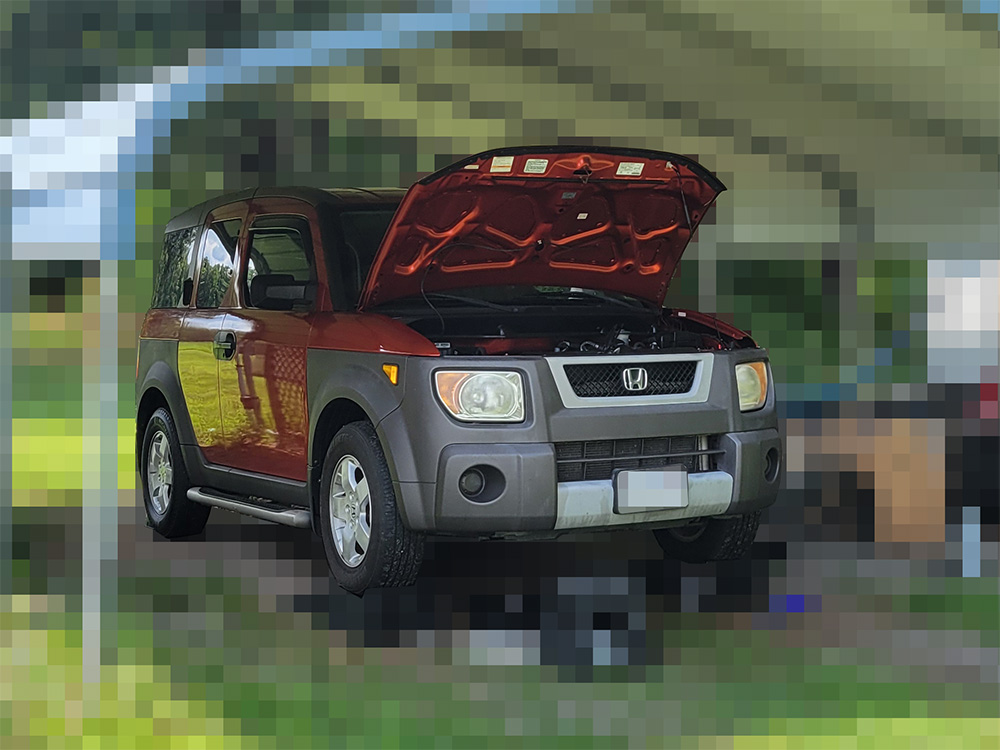
06: Headlight Housing But the afternoon wasn’t called quite yet as my new headlight housings came in and I already had the car up on Rhino Ramps so I may as well take the opportunity to yank off the bumper cover, vacuum out some more chicken bones, and pop in the new headlight lenses. The old ones were kind of yellow and while they were in usable shape, I like a crystal clear headlight and the replacements I ordered were a black-accented set for about $120. The install was quick and easy, I even replaced some of the cracked / missing clips from the bumper cover.
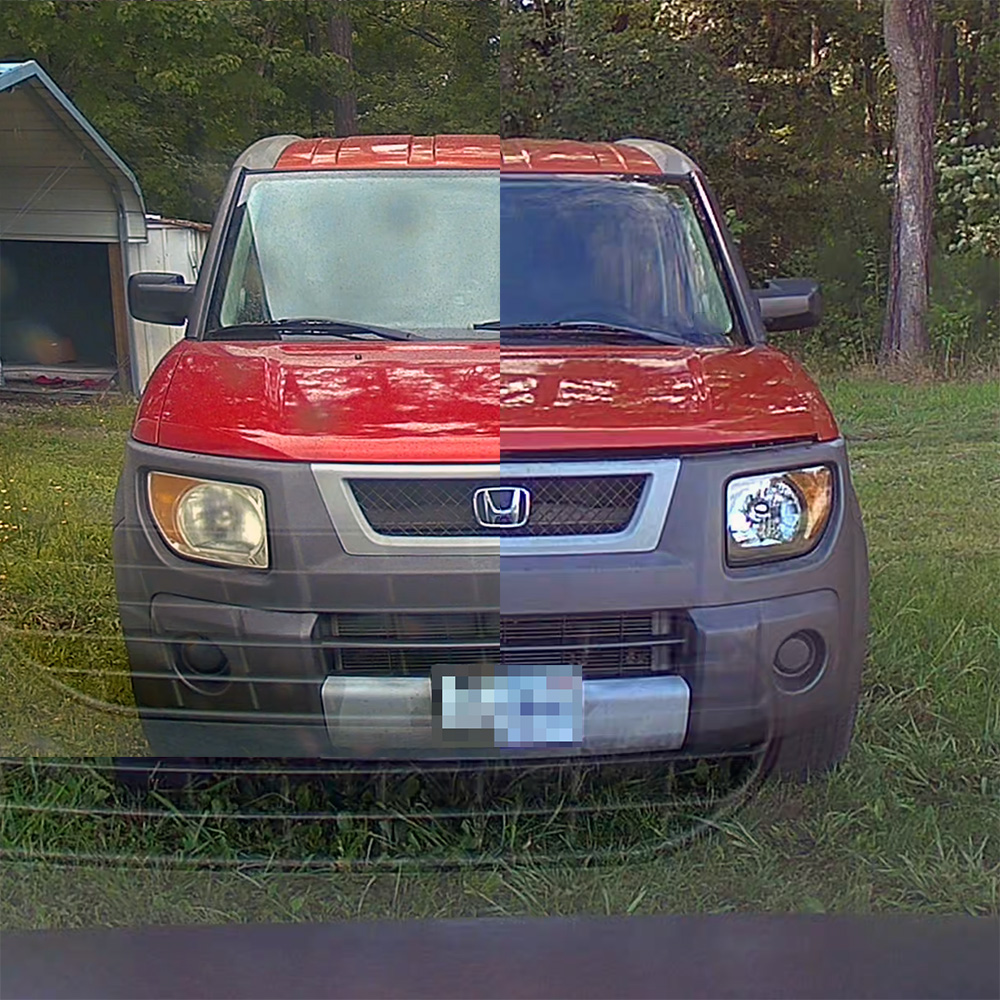
07. Radio One of my excursions to the local car scrapyard netted me a car radio from a 2008 Element. It was a tad rusty and needed some TLC, but I took a gamble and spent about $40 on it. I took it home, completely disassembled it, cleaned the hell out of it, snapped it back together, and… that was it for a few weeks. I bought the radio before I had an Element to test it in so all I could do was guess as to whether it was working or not. Another issue I didn’t anticipate was the anti-theft system Honda put on their radios. You need a 5-digit code to “unlock” the radio whenever power is removed from it. I took a photo of the car as well as the VIN when I took the radio from the parts yard and I’m glad I did as it was just what I needed to get the code from Honda. I also grabbed the surrounding snap-on plastic trim as I wasn’t sure if I would need it, turns out I did need it as the 2003 radio’s shroud didn’t fit on the 2008 radio.
To test the radio, I actually assembled this weird little box that consists of a Honda radio harness connected to a computer power supply with the radio on top and held together with metal strips and zip ties. While janky looking, this machine allows me to power on and test Element radios safely. I plan to connect a pair of car speakers to it in the future and create a de facto shop radio with a CD player. This contraption help the ‘08 radio for a few weeks, but I eventually swapped it into my Element and put its ‘03 radio into the shop radio box. The speakers come in a few days, I’ll give you an update when it’s all done.
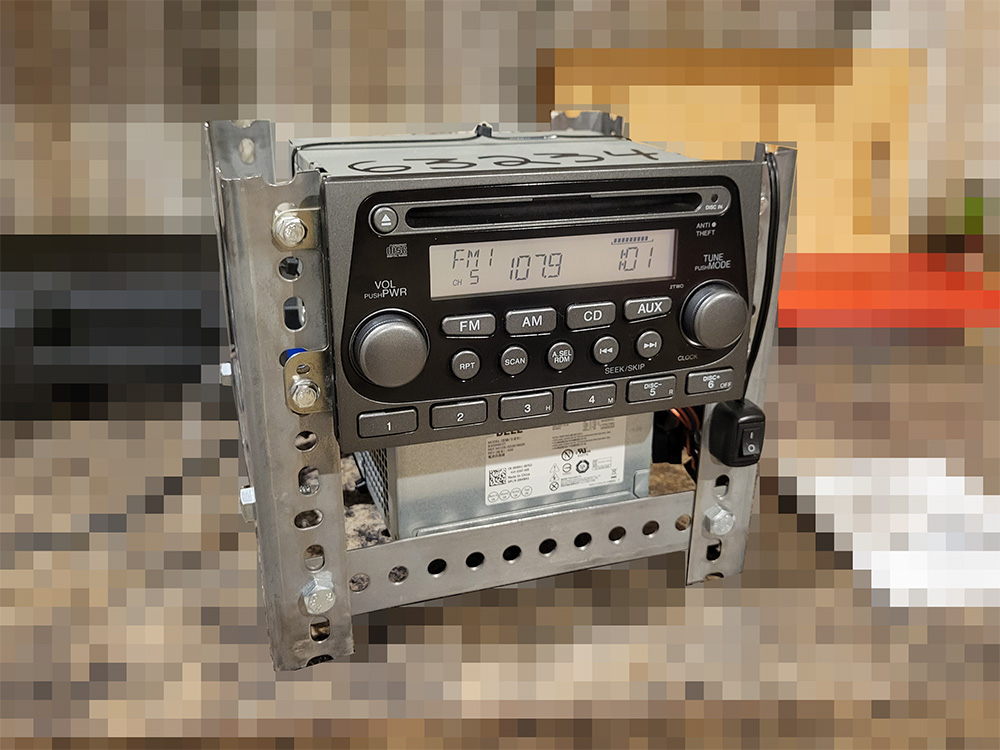
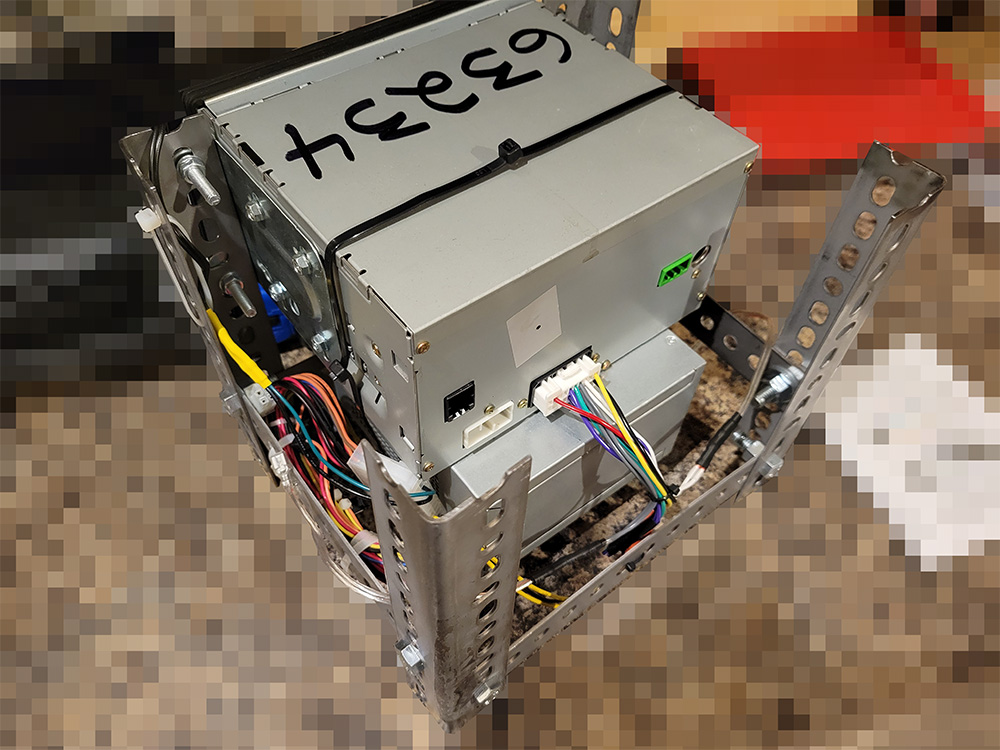
08: Hatch Struts On a lot of Elements, the rear hatch supports seem to fail after a number of years. Mine still held the hatch up, but had trouble raising it without manual assistance. Per a forum comment, I opted to replace mine with a pair of VW Beetle struts from Amazon. $20 and 3 minutes of install later and my hatch opens up quickly and a few inches taller than it used to. The struts I got were these ECCPP 4325 Rear Hatchback Lift Supports
09: LED Lights As far as I know, there are only nineteen light bulbs on an Element, not including the dash and HVAC system; Two high / low beam headlights, four turn signals, three brake lights, two reverse lights, two side markers, two license plate lights, two map lights, and two dome lights. I have replaced all of these with LEDs of appropriate colors and they are brilliantly bright now. The only lights that are still incandescent are the headlights, I have an LED set coming in a day or so, but I don’t usually like them and I’m not sure if I’ll keep them yet. While replacing the lights, I cleaned up the various mounts, housings, and lenses to make them look a little less dirty.
10: Battery The standard battery in an E is a Group 51R battery and in my case, it was listed as having 500 CCA. This battery is widely regarded as undersized, so I elected to replace it with a larger, group 24F battery. The cheap Walmart one I grabbed ($70 + $12 core charge) states to have 600 CCA. To accomplish this install, I bent the existing battery tray tie down tabs flat, bolted on a universal battery tray ($10) on top, and dropped in the new battery. A $10 tie down kit solidified the upgrade and made it a clean install. I cut the J bolts for the new tie downs about 20mm shorter and used some threadlocker on the battery tray bolt to help with vibration. I was even able to reuse the little zip-tied cable loom clip that connects to the J bolt to keep those cables from rubbing on the bare metal.
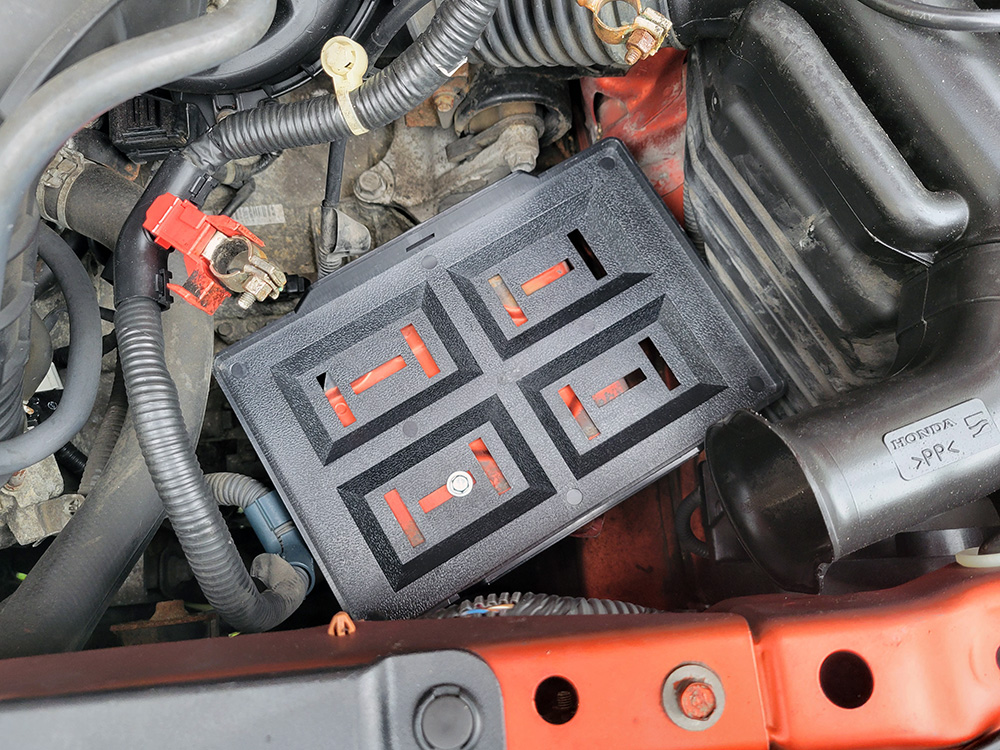
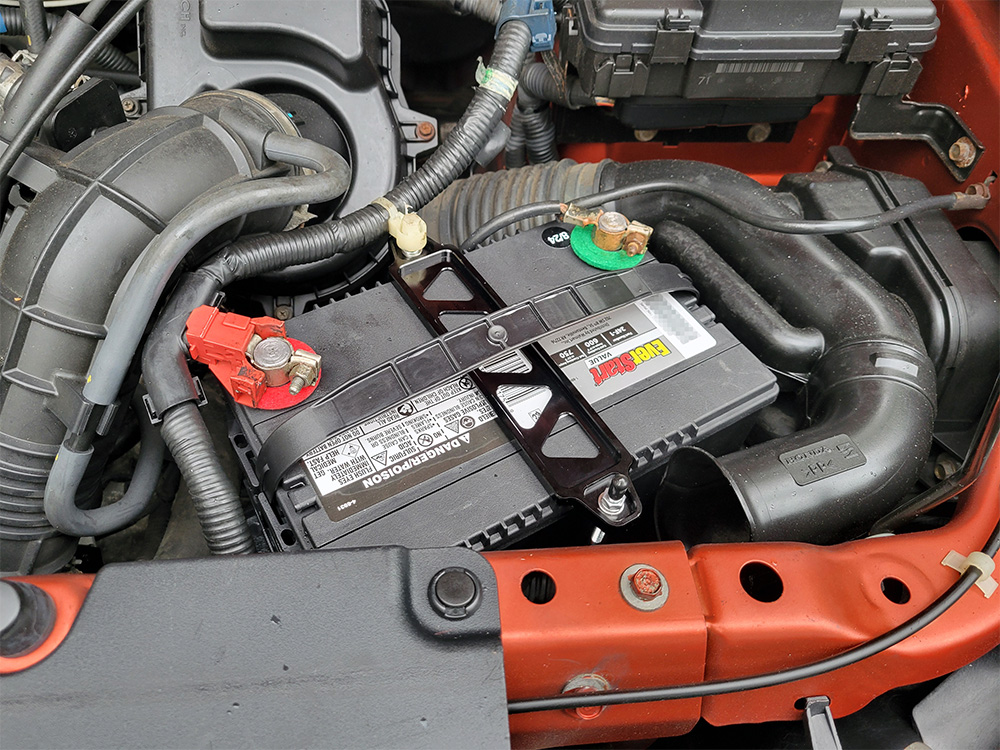
11: Tires While the back two tires on my E are Michelin, the date code puts their manufacture date in Q4 of 2013, far too old for safe use, not to mention the dry rot creeping around the tread. The front tires aren’t much better. While they are only two years old, they’re a no-name brand and should be part of a matching set. I opted to get a new set of Crosswind All Season Light Truck tires from Walmart. I’ve never cared much for fancy tires and I’m pretty cheap, so I think these’ll be fine for a while. My first stop after the tires is to get an alignment though as it’s such an important step that a lot of people seem to gloss over after getting new tires is to get their car properly aligned.
Note: I completely forgot to finish this article before posting it. I rounded off the last paragraph so it should be good now. Part 4 is coming later today (probably). Bur for now, please enjoy the Elements that I’ve spotted recently:

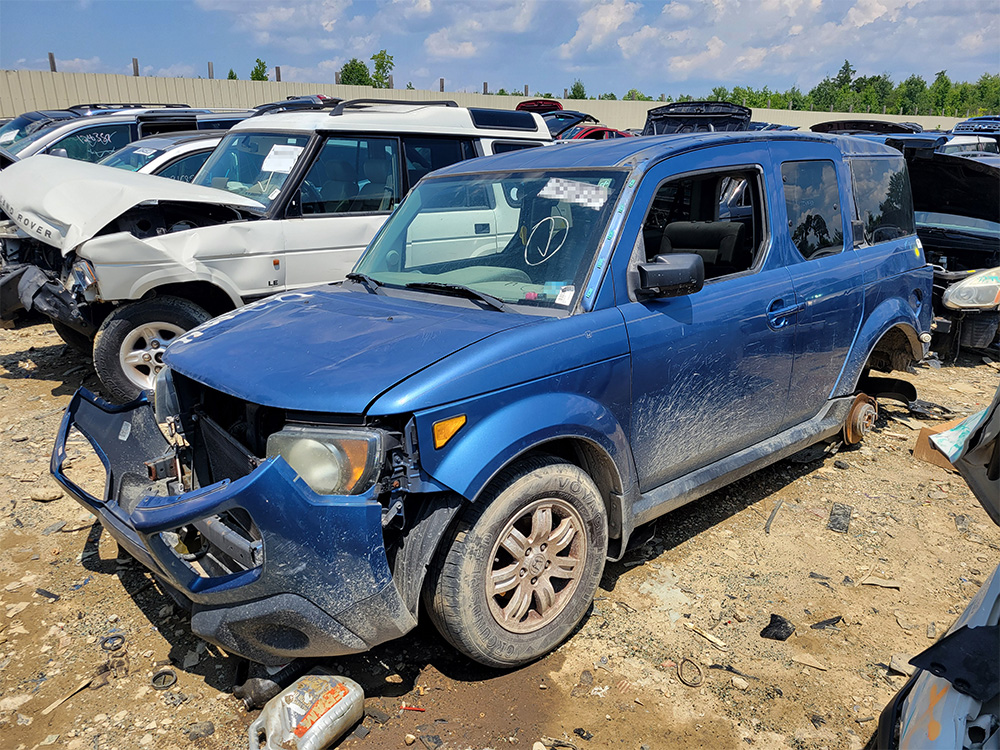


–
2024-07-23 - original article written 2024-08-08 - article finished



